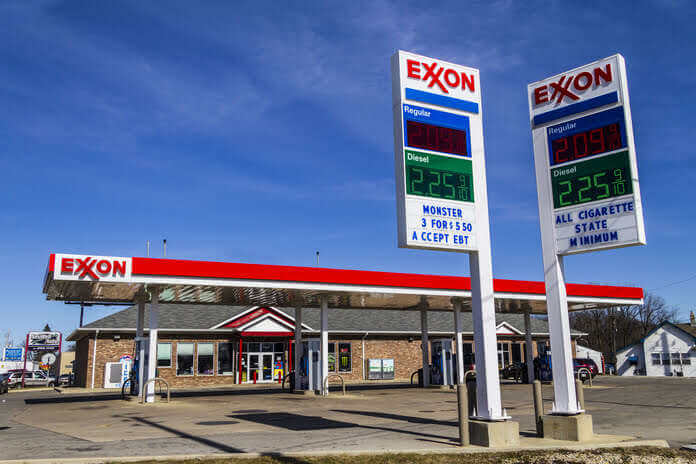Sanctions imposed on oil exports from Russia and the indefinite shutdown of the Nord Stream 1 pipeline, which has been supplying Europe with natural gas, could benefit Exxon Mobil Corporation (NYSE:XOM) during the winter season. Exxon appears well positioned to benefit from a competitive pricing environment in Q3 and Q4, which could translate to a more robust cash flow and upward revision of the petroleum producer’s shares.
Russia Stops Energy Flows Through Key Pipeline
In July, Gazprom (OTCPK:OGZPY), which is majority-owned by the Russian state, reduced petroleum products flowing through the Nord Stream 1pipeleine to approximately 20% of capacity, signaling to Europe that an escalation in sanctions could lead to a complete pipeline shutdown. The pipeline is responsible for supplying natural gas to Europe and Germany and boasts an annual capacity of 55 billion cubic meters of gas.
In the past, the pipeline has been shut off for a couple of days to carry out maintenance work. However, since the beginning of this month, Russia has escalated its stand-off with Europe after it indefinitely cut off energy flows through the Nord Stream 1 pipeline, citing that Gazprom had to conduct maintenance at the Portovaya compressor station near St. Petersburg. However, the shut-off was more likely a response to Western leaders calling for a cap on Russian oil prices. The cap was intended to punish Moscow for invading Ukraine and rescue profits from its domestic petroleum production.
Why I Don’t Believe Sanctions on Russia Will Be Effective
Implementing such a global cap on Russian oil is likely impossible, considering the country is already selling crude oil to China and India at a discount. Furthermore, the shut-off will exacerbate Europe’s already dire supply concerns and could even trigger higher prices for petroleum products during the winter months.
A major beneficiary of such a situation is obviously Exxon Mobil which recently reported record second-quarter free cash flow. With European leaders currently scrambling to fill their natural gas reserves in preparation for the coming winter, the pricing environment looks quite favorable for petroleum producers like Exxon Mobil.
Exxon Mobil’s Free Cash Flow Expected to Surge
Exxon Mobil already expects to record more robust cash flow for the remaining half of the year thanks to the Nord Stream 1 pipeline shutdown, and in case the winter gets colder than anticipated, energy prices could surge.
For the second quarter of this year, Exxon Mobil generated $16.9 billion in free cash flow, registering a 145% year-over-year growth. This growth was partly attributable to pricing effects on world markets as a result of Russia’s conflict with Ukraine in addition to a host of sanctions that followed. Energy demand usually increases in the winter months, so Exxon Mobil could be well positioned to capitalize on this opportunity now that oil prices are stabilizing around $90 per barrel.
Exxon Mobil is likely to see roughly $44-$46 billion in free cash flow in the fiscal year 2022 and could potentially be much more if petroleum prices rise again. The petroleum giant distributed 45% or about $7.6 billion of its second quarter free cash flow to shareholders. If there happens to be a new round of sanctions on Russia’s petroleum products, that could be a significant catalyst for the company’s free cash flow growth in the coming quarters.
Risks with Exxon Mobil
For now, the most significant risk Exxon Mobil shareholders face is the market price for crude oil. Due to the uncertainty surrounding the markets, crude oil prices have been moving upwards, and Exxon Mobil has made a lot of money as a result. Weakness in the petroleum market or a correction in petroleum prices would have an instant and profound impact on the company’s earnings, free cash flow prospects, and even its valuation.
Featured Image- Megapixl @Jetcityimage









